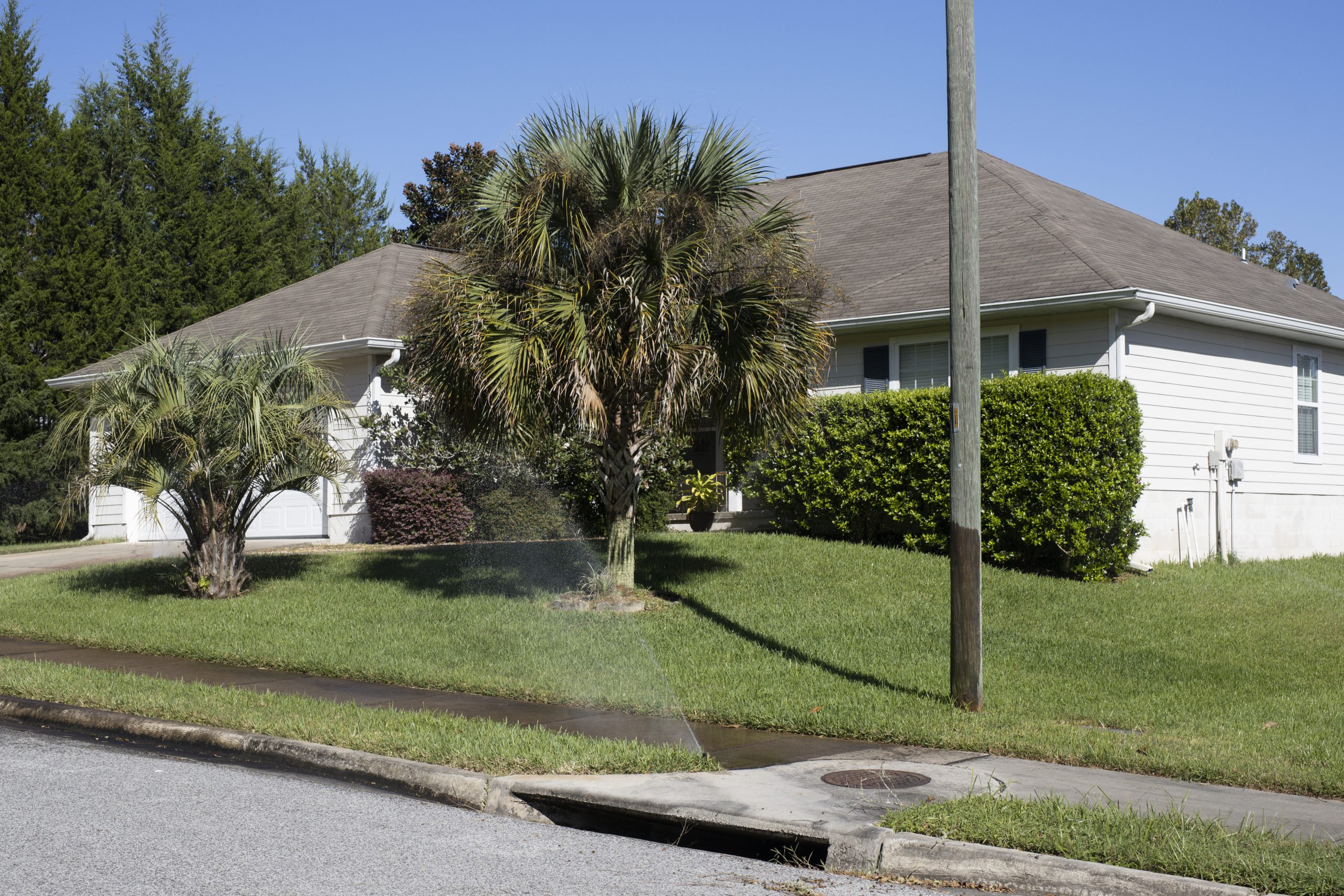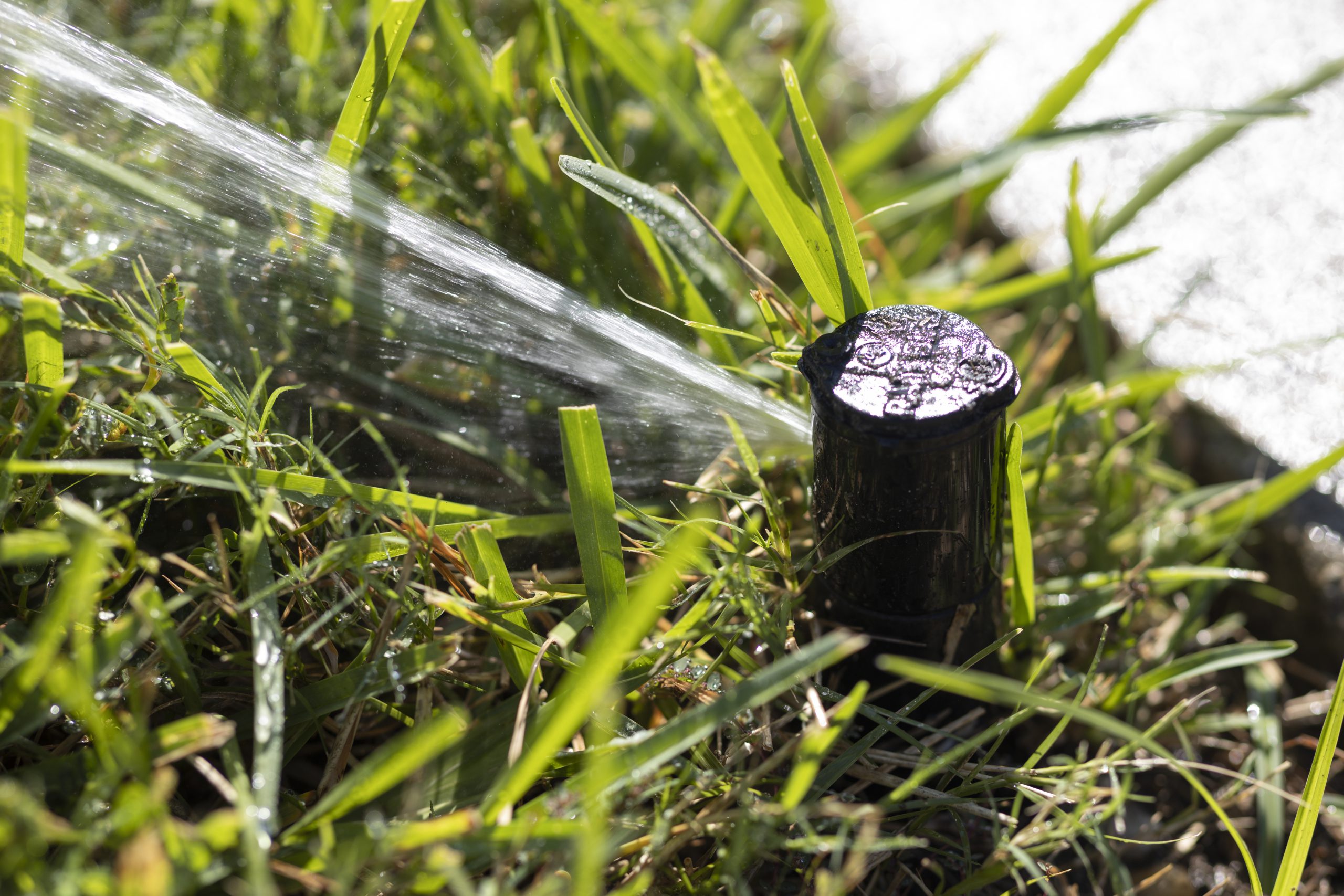Today is World Water Day, and this year’s theme is “making the invisible visible.” There is no better theme for Florida, where the Floridan Aquifer supplies most of our drinking water and our beautiful springs. While underground and rarely seen, the aquifer is a critical part of our state. In honor of World Water Day, the UF/IFAS H2OSAV Extension program wants to help you better understand your water use so that we can protect Florida’s resources for generations to come.
In this blog we’ll provide a quick overview to three common questions:
- Where does our water come from?
- How can I learn more about my water use?
- How can I save water?

Where does our water come from?
While we typically don’t see the aquifer, it is a critical part of our ecosystem. The Floridan Aquifer is an underground storage of water that covers 100,000 square miles. We take water from this aquifer for many purposes, including for our homes. When it rains, some of that rainwater seeps back through the ground and into the aquifer. This is called “recharge.” The aquifer needs to be recharged to continue supplying water to our springs and rivers, as well as for agriculture and home use. If we take more water from the aquifer than can be recharged, we may not have enough water in the future for our needs.
According to the Florida 2070 Project, Florida is expected to grow by another 15 million people by the year 2070. With more people there will be more homes, more yards with permanent in-ground sprinkler systems, and more of an impact to our water supply. Because of this, it is critical that we work on reducing our water use and our contamination of this groundwater.
Learn more about the aquifer: FOR375/FR445: Water’s Journey Through Natural and Human Systems (ufl.edu)
How can I learn more about my water use?
The first step to learning about your water use is to check your utility bill. Here are a few questions you might want to ask yourself when looking at your utility bill:
- How much water is my home using?
- Is my water use less in the winter? If you water your lawn, we might expect your water use to go down in the winter when your grass goes dormant.
- How does my water use compare to others? H2OSAV has a series of EDIS documents to help you learn more about home water use in select Florida counties. These can help you understand how your water use might compare to others.
- Gainesville area: AE544/AE544: Florida H2OSAV Insights: Home Water Use in the Gainesville Regional Utilities (GRU) Service Territory (ufl.edu)
- Orange County: AE561/AE561: Florida H2OSAV Insights: Home Water Use in Orange County (ufl.edu)
- Osceola County: AE568/AE568: Florida H2OSAV Insights: Home Water Use in Osceola County (ufl.edu)

Learn more about how to read your water bill: Understanding Your Water Bill | US EPA
How can I save water?
If you have an in-ground irrigation (“sprinkler”) system, the best way to save water is to reduce your irrigation. Here are a few ways to start saving water:
- Check for common problems. First, look for any leaks. Next, check that vegetation isn’t blocking any of your sprinklers. Then, make sure your turf and landscape are irrigated in different zones. Finally, look at your irrigation timer to see if it is set correctly and that you are following your local watering restrictions.
- Only water your lawn when it needs it. Overwatering can lead to pests and less drought tolerance, so it is important to make sure your lawn gets the right amount of water. It is the law to have a working rain shutoff device that makes sure your lawn doesn’t get an unnecessary watering when it rains. However, you can also get smart technology that monitors weather or soil moisture to makes it easy to make sure your lawn gets the water it needs. Your utility may even offer rebates to help with the cost of these devices.
- Learn more about smart controllers: AE442/AE442: Smart Irrigation Controllers: What Makes an Irrigation Controller Smart? (ufl.edu)
- Learn more about how to know when your lawn needs water: ENH9/LH025: Watering Your Florida Lawn (ufl.edu)
- Get an irrigation audit/inspection. Your utility provider or local UF/IFAS Extension office can help identify ways to reduce water use by providing a free irrigation audit or inspection.

Florida’s beautiful springs and rivers, and the future of our water supply, depend on us. This World Water Day, we hope we’ve helped you understand your water use better. To learn more about World Water Day and get involved, visit: Learn | World Water Day.

 16
16
